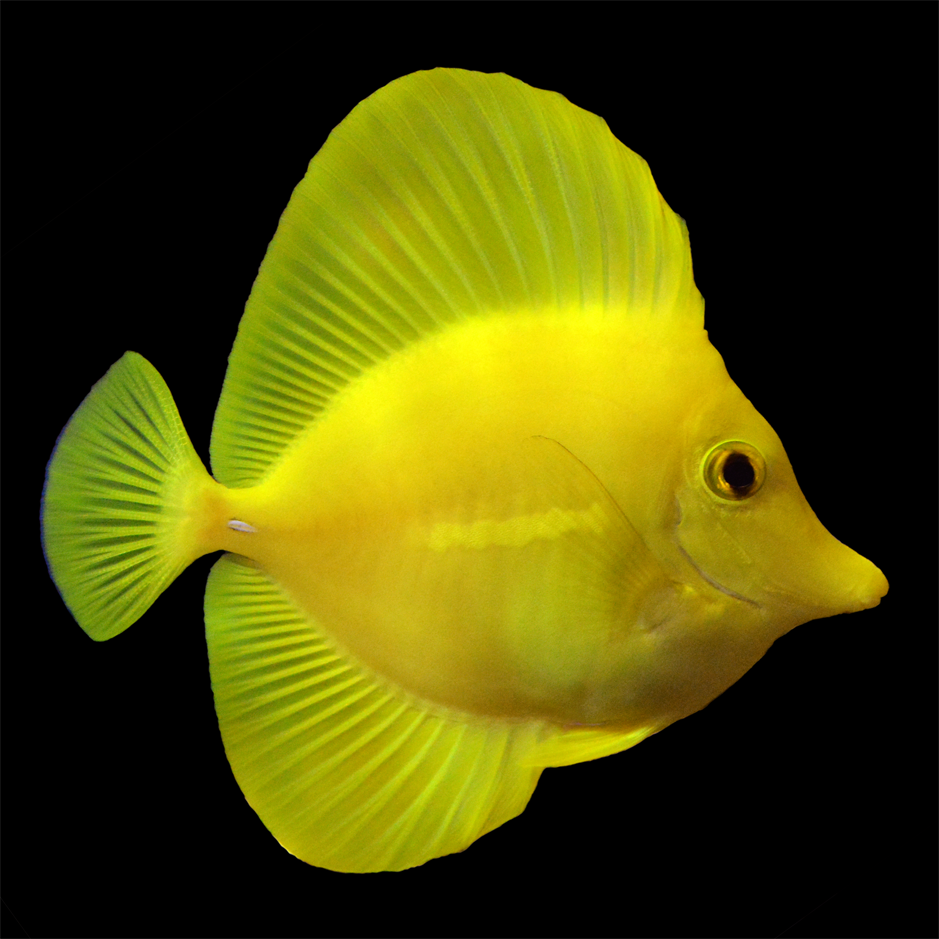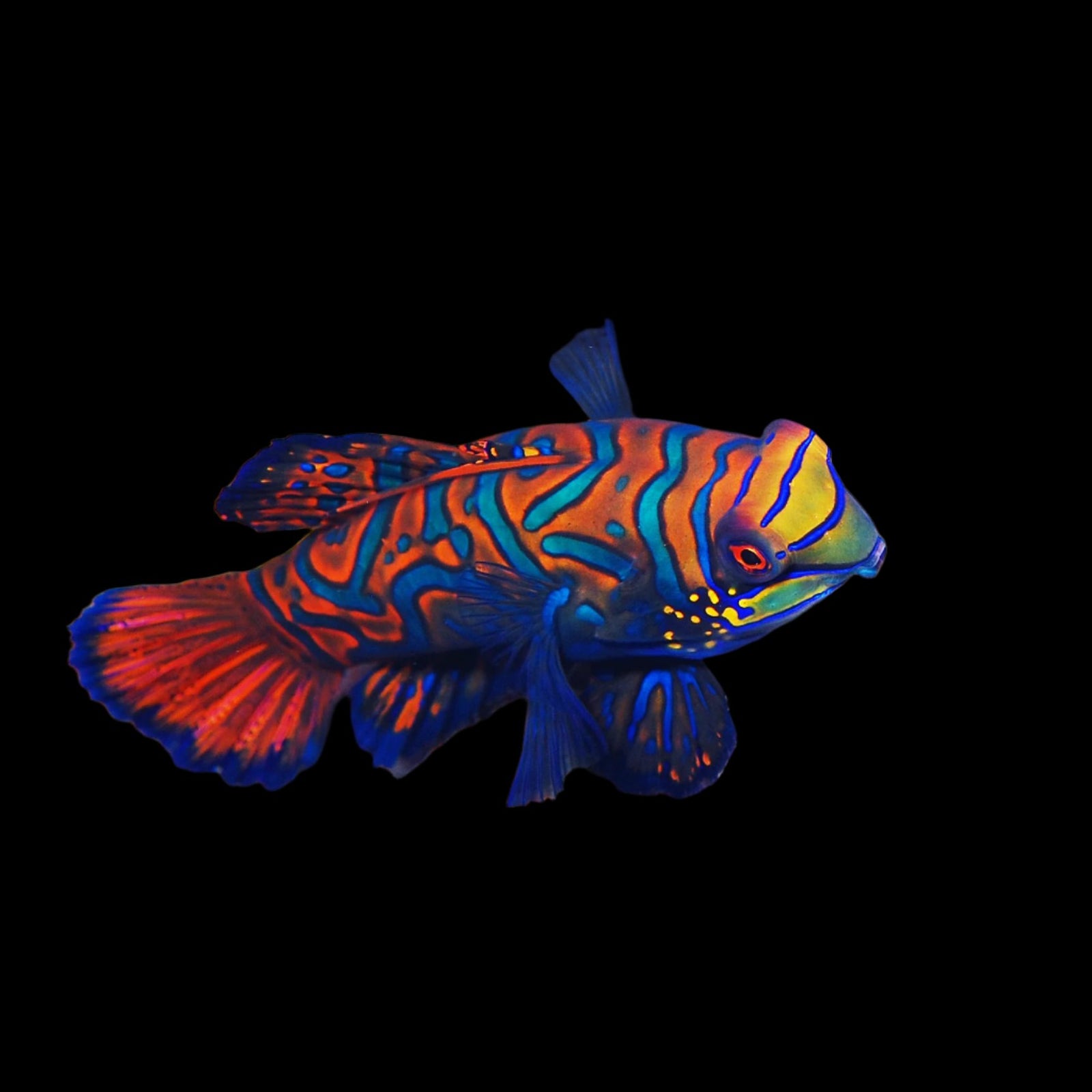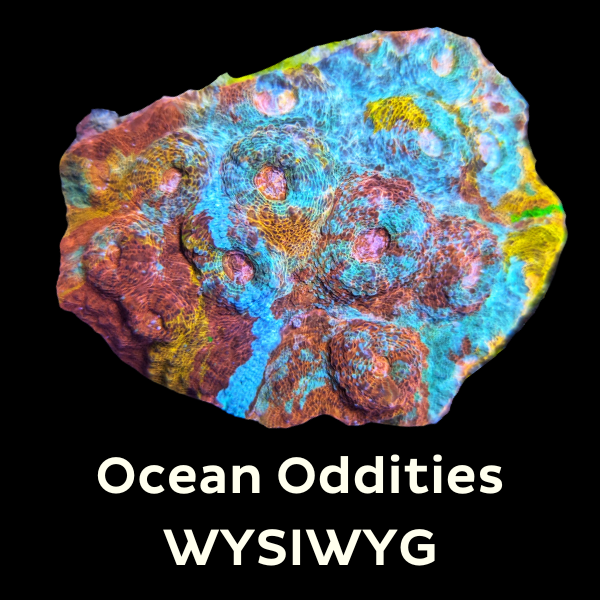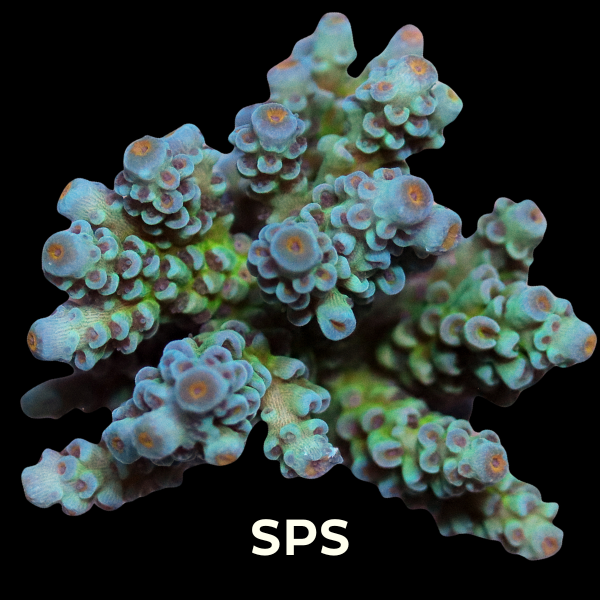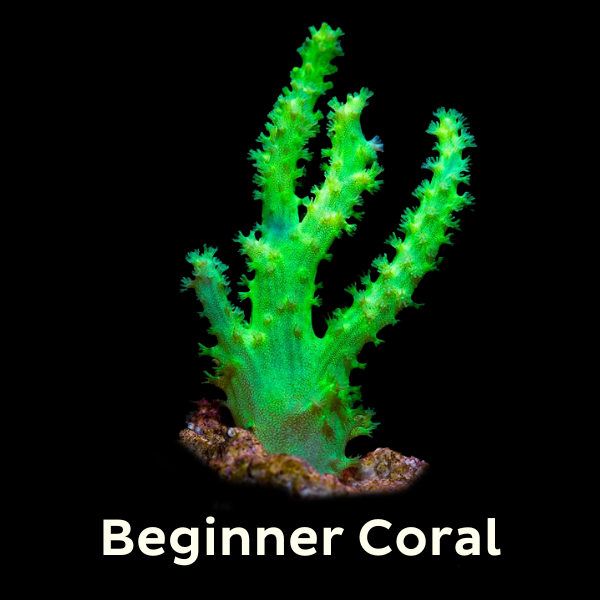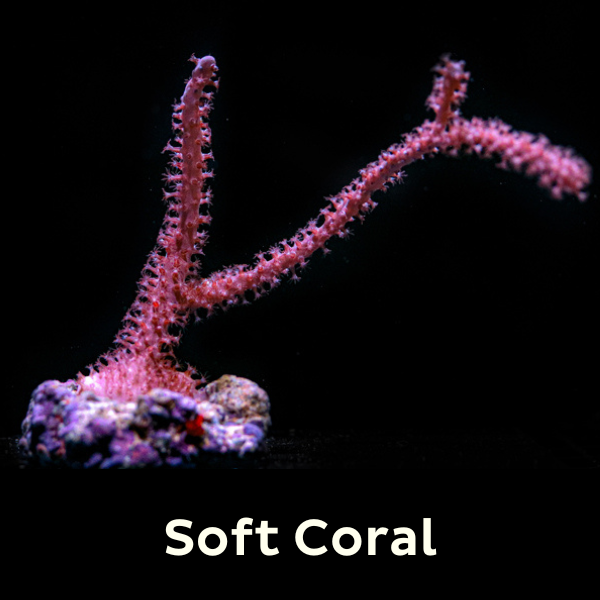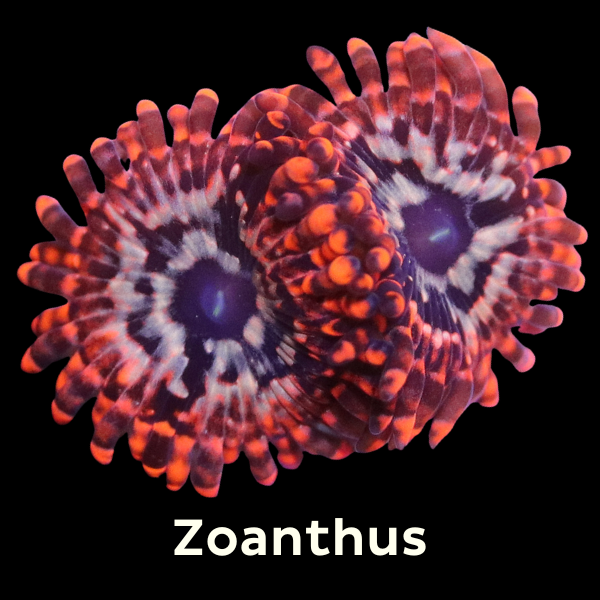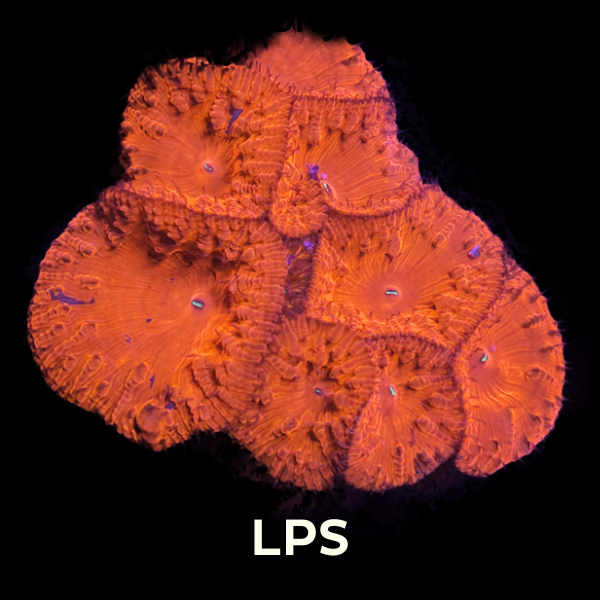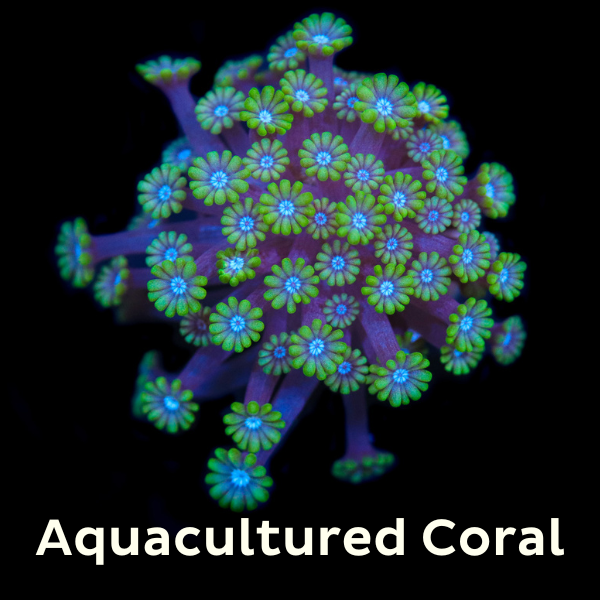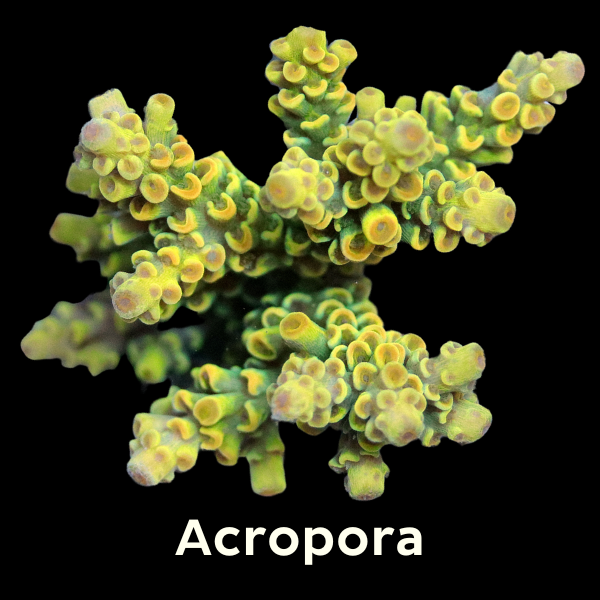Manuel Guerrero, Biota’s COO, has built his career around a lifelong passion for the ocean and a belief that aquaculture can change the future of the aquarium trade. From his home base in Palau, he leads Biota’s global hatchery operations with a hands-on, collaborative approach. What motivates him most is knowing that every fish produced by Biota gives hobbyists a sustainable alternative to wild caught fish and opens the door to new possibilities once thought to be impossible. For Manu, sustainability and success are inseparable, and guiding Biota’s growth while protecting reefs is both a professional mission and a personal calling.

Manu is as comfortable in the hatchery as he is out on the reef or in his garden. A bonsai and orchid enthusiast, Manu balances his days between aquaculture breakthroughs and his other personal passions like spearfishing, cooking, and motorbikes. His curiosity for nature and dedication to sustainable living carry over into his leadership at Biota, where he helps guide the team toward redefining what’s possible in the aquarium trade.

• Q: What first inspired you to join Biota, and what keeps you motivated in your role as COO?
A: I’ve always been passionate about the ocean. When I saw how Biota was pioneering sustainable aquaculture, I knew it was a mission I wanted to dedicate myself to. What keeps me motivated is knowing that every fish we produce gives hobbyists an alternative to taking from the wild and the constant challenge of new possibilities!

Baby Biota captive bred Mandarin Fish photo courtesy Pablo Gongora
• Q: How would you describe your leadership style in guiding Biota’s operations across different hatcheries?
A: Hands-on but collaborative. I like to be deeply involved in the details, whether it’s broodstock management, shipping protocols, or hatchery performance, but I also rely on our team’s expertise and give them the autonomy to innovate. We work in 3 different time zones, and that requires that every hatchery is independent. Our teams are just amazing, so is kind of easy to work with all of them with me located in Palau. Just waking up very early every morning to connect all of us is enough!

• Q: What’s the most rewarding part of your role, and what’s the most challenging?
A: The most rewarding part is seeing species once thought “impossible” to breed thriving in our systems. The most challenging part is coordinating complex operations across multiple locations while maintaining the same high standards everywhere. There is a lot of logistics having hatcheries in remote locations like Palau or Hawaii!

• Q: In your view, how is Biota changing the global aquarium industry?
A: We’re showing that sustainability and success can go hand in hand. By proving these fish can be bred in captivity at scale, we’re reducing pressure on reefs and setting a new standard for the industry with a much higher success on reef aquariums with captive bred animals on them.
• Q: Why is it important to provide alternatives to wild-caught reef animals?
A: Because reefs are under enough stress already, from climate change to pollution. Every fish we supply means one less taken from the ocean, which gives reefs and wild populations a chance to recover. Ethically make sense too, why would you want a fish from wild collection when you can have the same fish breed in aquariums for aquariums.
• Q: How do you see Biota balancing business growth with ocean conservation?
A: For us, they’re not in conflict they’re connected. The healthier the reefs, the more long-term opportunity for the industry. Conservation and sustainability aren’t just the right thing to do; it’s smart business.

• Q: Can you walk us through a typical day in your role as COO?
A: Every day is different. One day I’m reviewing broodstock spawning data, the next I’m finalizing shipping protocols or budget planning. But the constant is making sure our teams have what they need to succeed.
• Q: What’s a recent innovation or achievement at Biota that you’re particularly proud of?
A: Successfully breeding a personal loved fish, Signigobius biocellatus or twinspot goby. Maby years trying and we finally got it, even if small numbers, yet.

Twin Spot Goby Photo courtesy Pablo Gongora
• Q: How does Biota maintain high standards in fish health, shipping, and sustainability across multiple global locations?
A: By having strict protocols and a culture of accountability. We standardize processes, but we also adapt to local conditions. And we constantly monitor results and adjust. Every hatchery has amazing technicians that make sure all our animals are the healthiest!
• Q: What’s next for Biota—what are the big goals you’re excited about in the coming years?
A: We want to expand the number of species available to hobbyists and continue breaking new ground in aquaculture. The goal is to make captive-bred the industry norm. There is always some exciting broodstock that hopefully will give us good news soon!
• Q: Where do you see the greatest opportunity for Biota to influence the industry?
A: In education and setting expectations. Hobbyists are now asking, “Is this fish captive-bred?” that’s a cultural shift we’ve helped drive, and it’s only growing.

• Q: How do you envision Biota’s role in educating aquarists, communities, and the next generation?
A: By being transparent about how we work, sharing our breakthroughs, and engaging with schools, researchers, and hobbyists. Education is key to building a sustainable future. We are aiming more and more to engage with public aquariums with our mission, as we believe they are a huge window to show sustainable practices.

Captive bred Yellow Tang at SEALIFE Aquarium Michigan, photo courtesy Gordon Greenley
• Q: What’s your favorite species Biota has successfully bred and why?
A: Probably as mentiones above Signigobius biocellatus or the Genicanthus from Palau… I also love Scartella cristata (molly miller) bred in North Carolina.

• Q: What do you wish more people understood about the aquarium industry?
A: That when done responsibly, it’s not about taking from nature it’s about protecting it. Captive breeding is transforming what the hobby means for conservation and education. Aquariums must be seeing as the perfect tool to teach. Biology, chemistry, Physics… and responsibility of caring for the animals that are in our hands.

• Q: If you could send one message to hobbyists and ocean lovers worldwide, what would it be?
A: Support sustainability. Every choice, what fish, coral or clam you buy, how you care for them, makes a difference.










